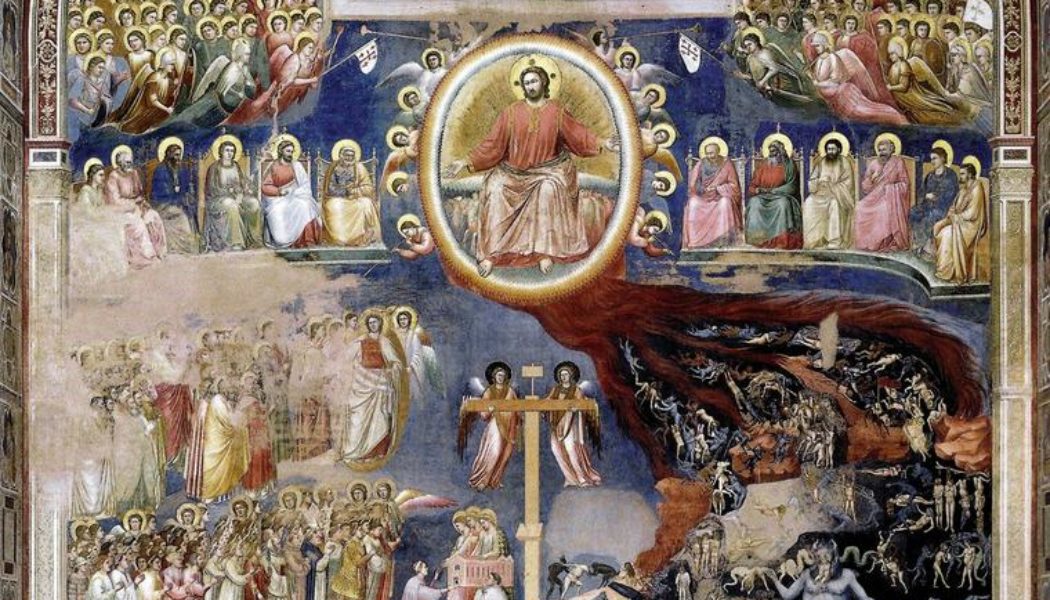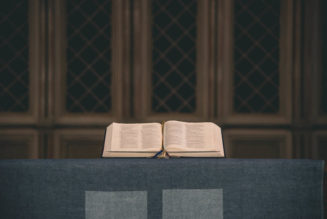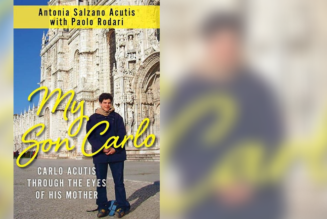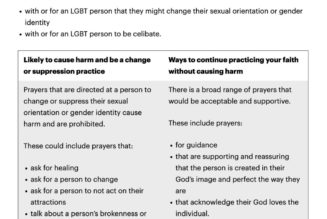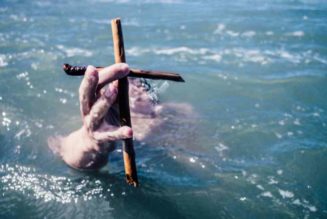
SCRIPTURES & ART: The Register’s three-year “Scriptures & Art” feature concludes with a look at the readings for the Solemnity of Our Lord Jesus Christ, King of the Universe
The last weeks of Ordinary Time focus on eschatology, the Last Things (death, judgment, heaven, hell). Before the post-Vatican II reform of the Lectionary (the Book of Biblical Readings for Mass), the Gospels for the last (usually 24th) Sunday “after Pentecost” and the First Sunday of Advent (then a week apart) always dealt with the end of the world and the Last Judgment.
In the 1969 Reform of the Roman Calendar, the Solemnity of Our Lord Jesus Christ, King of the Universe (popularly, “Christ the King”) migrated from the end of October to become the final Sunday of the Church year. The end of the world is, after all, not so much the event as the Person: the Second Coming of Jesus Christ and the establishment of his “eternal and universal kingdom, a kingdom of truth and life, a kingdom of holiness and grace, a kingdom of justice, love, and peace” which he will present “to you, his Almighty Father” (Preface of Christ the King).
Over the three years of the Church’s Sunday lectionary, the Gospels for Christ the King examine his kingship from a variety of perspectives. Luke focuses on Jesus on the cross, promising his Kingdom to the repentant thief. Mark features Jesus at the moment Pilate presents him to the crowd: “Behold your king! Behold the Man!” (Ecce homo!) Christ the King in the year of Matthew comes closest to the traditional focus, at the end of the liturgical year, on the end of the world.
Matthew today situates Christ’s kingship in an eschatological context, explicitly in his Second Coming and the Divine Judgment that follows from it. The Gospel focuses on the Second Coming of the Son of Man and the final separation of the sheep from the goats, good from evil. The judgment is executed on the basis of the Beatitudes (which we heard in the Gospel for All Saints’ Day). We are judged by the good we did or did not do for others. God gave his graces. The field of riches where those graces could have been realized is love for the other. Now, the accounting of those talents has come due.
Today’s Gospel is illustrated in art by the late medieval Florentine painter, Giotto di Bondone (c. 1267-1337). When most people hear “Last Judgment,” they probably think of Michelangelo’s masterpiece in the Sistine Chapel. But depictions of the Last Judgment were commonplace in church art, either over the main entrance door or, more frequently, on the apse over the main altar. Giotto’s “Last Judgment” is itself an impressive work, measuring some 32 by 27 feet on the wall of the Scrovegni Chapel in Padua, Italy. That project dates from around 1305.
In the Last Judgment, all creation comes together around Christ. The Church Triumphant, from heaven, descends. The Church Militant, on earth, has come to the end of its fight and is now to be judged. Those who have passed through death also arrive: heaven, the now-ending Purgatory, and hell. All humanity, all creation, from all of history, stands before the Judgment Seat of God, to be assigned its proper place, based on what one has done with the talents — the graces — God gave each. Perhaps, more accurately, for the dead, their proper place will not be so much “assigned” as “publicized” because the Last Judgment is the final assessment of human history and the truthful proclamation of how each of us fit into it.
We are, after all, social beings. The good or evil we have done has not just been our own: it affected others. In the case of the dead, their judgment has already been rendered after death. The Last Judgment is not an “appeal” as much as a revelation of where, by our choices, we put ourselves in God’s design of history.
Christ occupies the central place in Giotto’s painting. Directly below him, the Archangels Raphael and Michael hold the cross, the sacrifice which made our redemption possible but which also then put us at a “cross-roads,” to correspond to or reject God’s graces. The consequences of that crossroads are apparent in Giotto’s painting: the elect go off to the Lord’s right (the left bottom of the painting), the damned to the Lord’s left (the right bottom of the painting) to hell. In hell, Satan continues his absurd game of pretending to be “like God,” sitting in the center of his state of eternal misery, pretending to be a king.
Preaching to Polish mountaineers from southern Poland on pilgrimage in Rome, gathered in the Sistine Chapel before Michelangelo’s “Last Judgment,” Pope St. John Paul II posed the question every person must ask: “Where am I in this picture?”
With this essay, we complete three years of “Scriptures and Art,” which covers the entire triennial cycle of the Church’s Sunday readings. Our weekly essays have focused first on the meaning of the Gospel and other readings and, second, on how that Biblical message has been embodied in sacred art. In this way, we hoped both to reinforce the Word of God visually and to demonstrate its foundational influence on many nations and cultures.
One of the challenges of any sort of writing is getting feedback from readers. I humbly invite you to provide your comments, ideas and suggestions regarding what you thought of this series in the comment boxes below. And thank you for your readership, for however long it took place!
